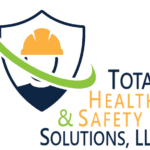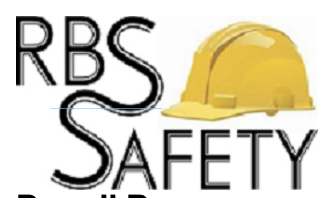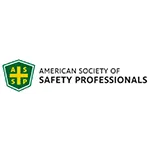CLICK HERE to Renew your Membership
CLICK HERE for a NEW Membership
CLICK HERE to see eligibility requirements for FREE Membership
If you have any questions, please contact me
We offer:
- Over 17,600 categorized unsafe acts/conditions and accident/injury photos
- Over 1,450 ppt's & doc's
- Over 3,975 technical articles on Process Safety & Occupational Safety & Health matters
- Over 450 videos

I am proud to announce that have extended our”Partners in Safety” agreement for another year (2025).
CI Members, send me an e-mail to request your FREE SAFTENG membership.














March 20, 2023
Heinrich’s take on unsafe acts and the “vital significance” of what drove that behavior. He clearly believed that unsafe acts were a reflection of MANAGEMENT and not solely the worker. “Proximate Causes and Subcauses (Personal).— In connection with the unsafe acts of persons (which are the direct causes of the majority of accidents) the immediately preceding subcauses are of...
Read More
March 19, 2023
“The safety engineer referred to in this discussion is the industrial safety engineer who is employed by management. He is representative of and a part of the managerial and supervisory staff that directs the work of employees, and he, therefore, shares the responsibility of management for accident prevention as already described. Being specially qualified in safety work and often in direct charge...
Read More
March 19, 2023
“Management’s responsibility for controlling the unsafe acts of employees exists chiefly because these unsafe acts occur in the course of employment that management creates and then directs. Management selects the persons upon whom it depends on carrying out industrial work. It may, if it so elects, choose persons who are experienced, capable of, and willing to do this work well and safely. Management...
Read More
March 19, 2023
H. W. Heinrich, Assistant Superintendent Engineering and Inspection Division of The Travelers Insurance Company, is known as the “Father of Industrial Safety.” But today, there is a movement in the safety profession to denounce his work. To me, this is just disrespectful; hell, most of us owe our professional safety careers to Heinrich. The work he did was over 90 years...
Read More
March 19, 2023
Every business needs to risk rank its businesses down to each process within each facility. This “risk profiling” keeps safety matters and risks in perspective when you’re trying to manage a global operation. This risk profiling MUST use accurate and verified data. Lagging indicators can play a role, but they do not fully indicate risks. Every organization will have...
Read More
March 18, 2023
Who said the following, and what year was it said? “The prevention of accidents is a science, but it is not so recognized nor is it treated scientifically today. In our endeavors to solve other problems we proceed logically enough to find out what is wrong and then to make it right; but when it comes to accidents the same degree of logic is not so evident.” HINT #1: no one in this group...
Read More
March 16, 2023
A federal investigation into two workers’ fatal burns at an Oregon, Ohio, refinery’s crude unit found its operator violated OSHA’s process safety procedures for highly hazardous materials and failed to train the workers adequately. As the workers attempted to correct rising liquid levels in the fuel gas mix drum, a flammable vapor cloud formed, ignited, and then triggered an explosion in...
Read More
March 14, 2023
Another “when you see it” human factors screw up from a traveling SAFTENG Lifetime Member…. thanks Victor Dearman
We want to wish you all the luck in getting out of that parking garage. ?
At a mall in Louisiana, when you see it…
…
HomeRead More »
Read More
March 13, 2023
Whenever we are dealing with piping and vessels that use nuts and bolts as their joining method, there was always this “rule of thumb” about “short-threading” and “3-threads showing.” But now these “rules of thumb” may be no more, based on ASME PCC-1–2019, 8.2 Bolt Lengths. I was raised/trained in this as a fundamental in process safety,...
Read More
March 12, 2023
At all times relevant to this CAFO, Respondent operated at a facility that refined transmix. Transmix is a mixture of refined products such as gasoline, diesel, and/or jet fuel that results when refined materials are transported in pipelines. The intermingling of products at portions of a pipeline stream can result in the material of an uncertain quality that is collected and sent to a transmix refinery...
Read More
March 12, 2023
“Several recent accidents in complex, high-risk technologies had their primary origins in a variety of delayed-action human failures committed long before an emergency state could be recognized. These disasters were due to the adverse conjunction of a large number of causal factors, each one necessary but singly insufficient to achieve the catastrophic outcome. Although the errors and violations...
Read More
March 12, 2023
Taking from the “Five Themes for Excellence in Safety Management Systems (SMS)”, we can look at a facility’s incident investigation process through this lens of excellence and measure the maturity of the safety culture. To recap the progression, here are the five levels: Ad-Hoc Managed Standardized Predictable Excellence Using an organization’s incident investigation process,...
Read More





















